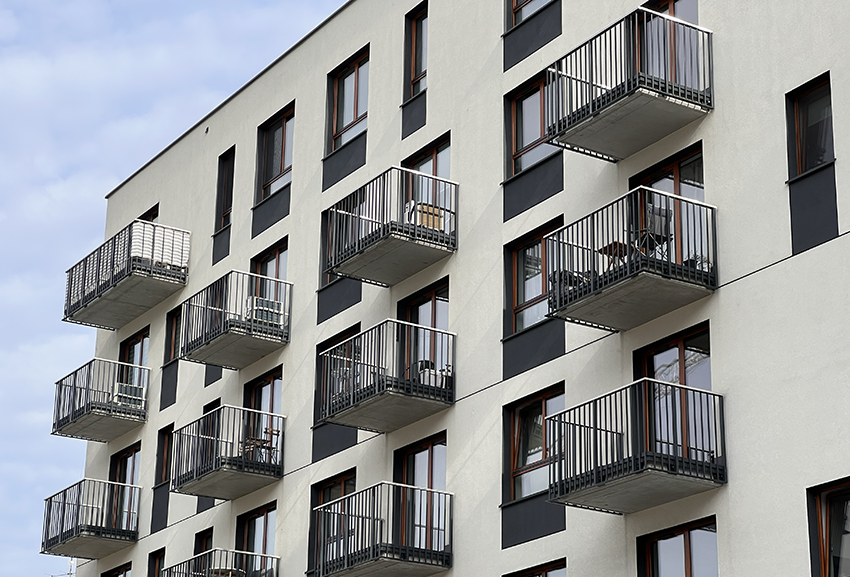2025-09-08
residential

Slovakia’s residential apartment market is experiencing one of its strongest phases in years, with prices reaching record highs, sales rebounding sharply, and new developments reshaping the housing landscape. At the same time, affordability pressures are mounting, especially in major urban centers such as Bratislava and Košice, raising concerns about accessibility for households despite overall market stability. According to the National Bank of Slovakia (NBS), average residential property prices climbed to €2,777 per square meter in the second quarter of 2025, marking a 12.8% year-on-year increase and a 2.9% rise compared to the first quarter. This sets a new historical record for the country’s housing market. Bratislava continues to lead the trend, with average asking prices rising by nearly 3% quarter-on-quarter, reaching their highest ever. After a slower start to the year, partly influenced by a VAT hike that temporarily dampened activity, Bratislava’s market recovered strongly in spring. A total of 797 residential units were sold in the capital during the second quarter, representing a 60% increase from Q1 and the second strongest quarter in the last four years. Analysts point to this rebound as evidence of strong underlying demand despite rising costs. Eurostat data confirm the broader trend, with Slovakia’s house price index up 12.2% year-on-year in March 2025. The Slovakia Housing Index also hit a record 194.6 points in early 2025, up from 190.58 at the end of 2024, underscoring sustained growth momentum. However, regional affordability is becoming increasingly uneven. While overall housing affordability across Slovakia remained stable in the first quarter of 2025, NBS data indicate worsening conditions in Bratislava and Košice, where housing costs are rising faster than incomes. By contrast, regions such as Žilina and Banská Bystrica saw slight improvements due to stronger wage growth relative to housing costs. In Košice, apartment prices are close to all-time highs, with rental growth outpacing sales price increases. Despite these tensions, experts stress that Slovakia’s housing sector is not approaching a systemic crisis. Macroprudential policies enforced by the NBS—including strict loan-to-value, debt-to-income, and debt-service-to-income limits—are helping to prevent overheating and safeguard financial stability. Analysts describe the environment as one of “heightened tension” but with the prospect of a soft landing rather than a sharp correction. The supply side of the market continues to evolve, with large-scale projects reshaping Bratislava’s skyline. Eurovea Tower, completed in 2023, is now Slovakia’s tallest residential skyscraper at 168 meters with nearly 400 apartments. Klingerka Tower, finished in 2022, adds another 380 units, while the ongoing Sky Park project, scheduled for completion in 2027, will bring over 1,400 new apartments to the capital. Overall, Slovakia’s apartment market in 2025 reflects both the strength and resilience of buyer demand and developer confidence. Prices are at historic highs, sales volumes are climbing, and significant urban development is underway. While affordability challenges in Bratislava and Košice highlight growing inequalities, the market remains supported by disciplined lending practices and cautious financial oversight, suggesting a balanced trajectory for the remainder of the year.

